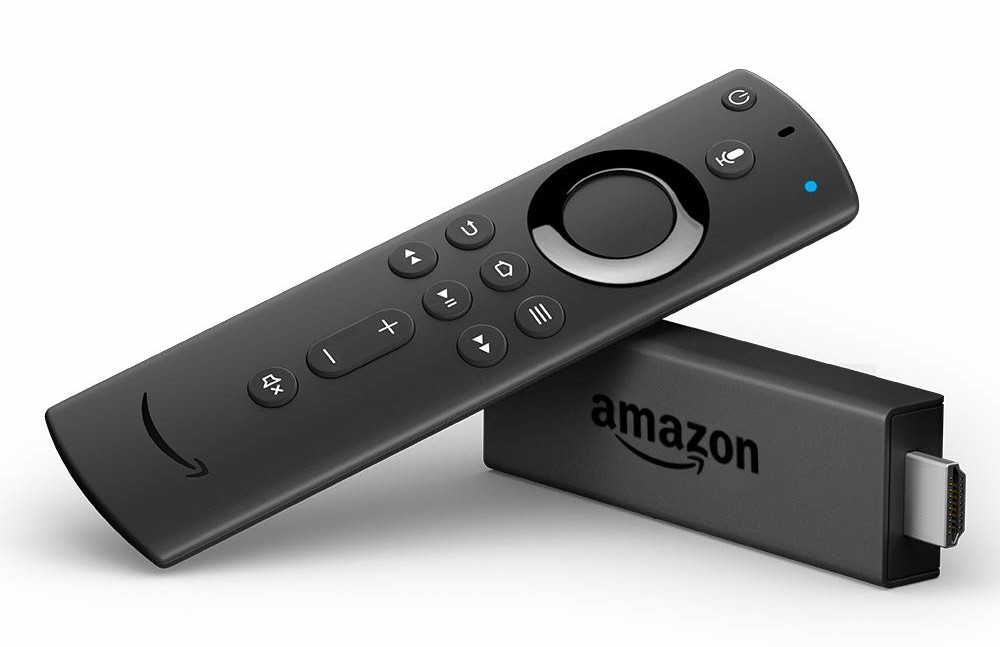 Buffering is extremely annoying no matter when it happens. The good news is most buffering is something you can fix on your end. Today we are going to look at four tips to fix buffering on the Roku, Fire TV, and Apple TV.
Buffering is extremely annoying no matter when it happens. The good news is most buffering is something you can fix on your end. Today we are going to look at four tips to fix buffering on the Roku, Fire TV, and Apple TV.
Tip #1: Make Sure You Are Getting the Internet Speed You Are Paying For
It is not unusual to not get the speed you pay for. You can easily be paying for 100 down but only be getting a fraction of that speed. Sometimes your ISP can have damage on their lines running to your house, so run a speed test to make sure you are getting the speed you are paying for.
This happened to Cord Cutters News a few years ago causing us all kinds of issues streaming. I ran a test and found out it was my network. We found out it was an issue with our ISP by running a speed test connected to our router by Ethernet. (If you can’t use Ethernet, run a speed test on Wi-Fi as close to your router as possible to get as accurate as possible speed test.)
Once we figured out the issue was with our ISP, I called my ISP, and they came out and fixed something on the pole outside my house and my Internet speed was faster than it had ever been. (It did take some effort to get the ISP to send someone out to fix the issue.)
Want to test your speed? Check out Fast.com for a quick and easy test. If you find your Internet speed is often well below what you are paying for contact your Internet service provider.
Tip #2: Fix Weak Wi-Fi
Weak Wi-Fi is the most common issue that causes buffering. A weak Wi-Fi signal can cause slow speeds and buffering. If you get 100 Mbps down with a strong Wi-Fi signal, you could be getting 10 Mbps down or less with a weak Wi-Fi signal.
If you have weak Wi-Fi by your streaming devices getting a range extender or buying a whole home Wi-Fi network like the Google Wi-Fi system is an easy fix as it helps fill weak spots in your house to give you the best speed possible.
Before you buy a new router, see if you can move your router to a more central point in your home. This could fix your issues without needing to buy a new device.
One tip for buying a range extender: Make sure you get one that is made by the same company as your router. If you have a Netgear router, buy a Netgear extender. I find that reduces the number of issues you could face.
#3 Make Sure Your Router Is Not Overwhelmed or Outdated
Not all routers are the same. Some routers are built to handle more devices than others. An older or cheaper router may be unable to handle all the devices in your home. When you count you may be shocked to find the number of devices you have in your house using Wi-Fi including phones, tablets, computers, doorbells, washers, smart speakers, and game systems. Before you know it you have 20 or more devices in your home.
If you have a ton of devices using Wi-Fi, you may want to look into a newer, more powerful device that can handle more devices. For example, the Netgear Nighthawk AC1900 can handle up to 30 devices and the Netgear Nighthawk X6 can handle up to 50 devices.
If your Wi-Fi keeps dropping or you are still having Wi-Fi issues in one part of your house, consider looking into getting a new router that has a Wi-Fi AC standard. You will see a huge improvement going to AC from the old N standard. Also, routers do go bad. Just like any electronics, at some point routers do break down.
I currently have a Nighthawk Router, but if you want something cheaper Amazon has many for under $100.
Tip #4 Take Advantage of the 5G Network
Your router likely has two Wi-Fi networks and one of them ends with 5G. This is because your router is broadcasting in both the 2.4 GHz band and the 5 GHz. The 5 GHz band is far faster but does not cover as large of an area. The good news is for streaming it’s the best option and all your video streaming devices should be using the 5G network.
Note: Typically, the 2.4 GHz network is the network without the 5G at the end of the name.
To avoid congestion on the 5G Wi-Fi network consider putting devices that don’t need a ton of speed. Devices like your smart fridge, washer, and similar devices should be put on the 2.4 GHz network. Even devices that only play audio like smart speakers should be put on the 2.4 GHz network. Doing this will help you keep the 5G network clear of congestion.
Do you have a tip? Leave us a comment and let us know how you beat buffering.
Did you know we have a YouTube Channel? Every week we have a live Cord Cutting Q&A, and weekly Cord Cutting recap shows exclusively on our YouTube Channel!
Please follow us on Facebook and Twitter for more news, tips, and reviews. Need cord cutting tech support? Join our Cord Cutting Tech Support Facebook Group for help.

